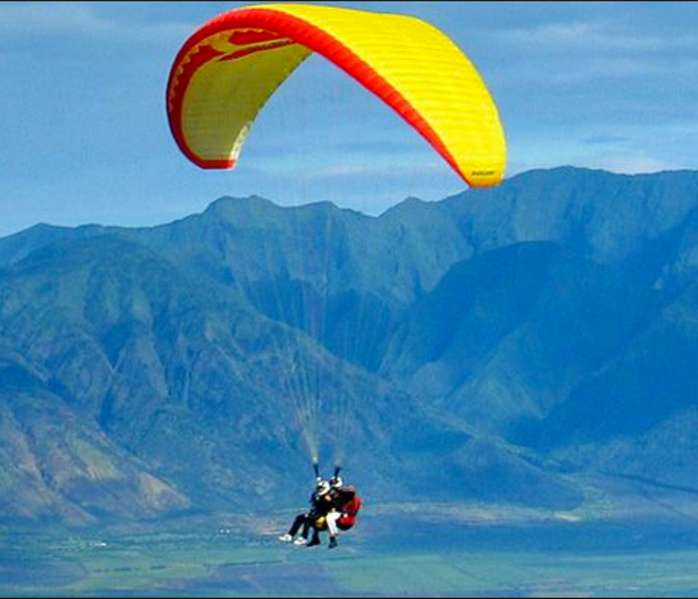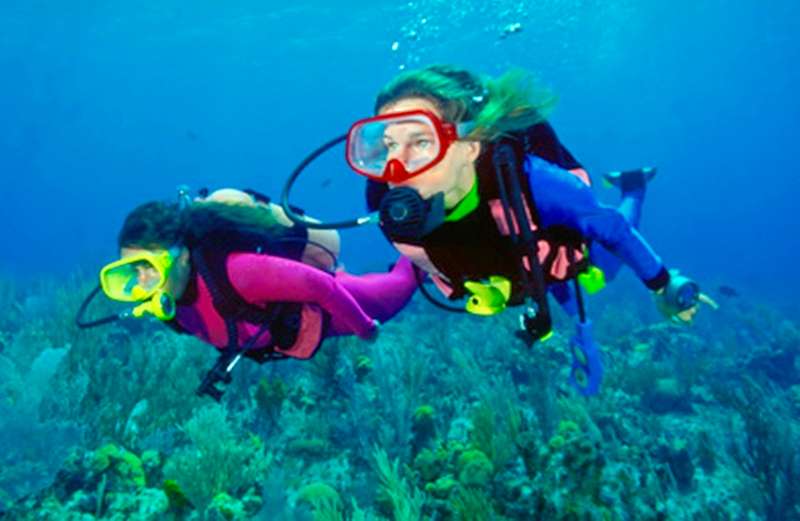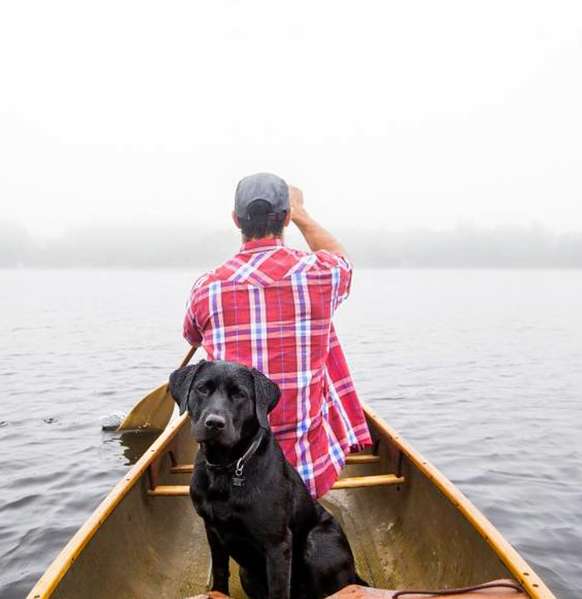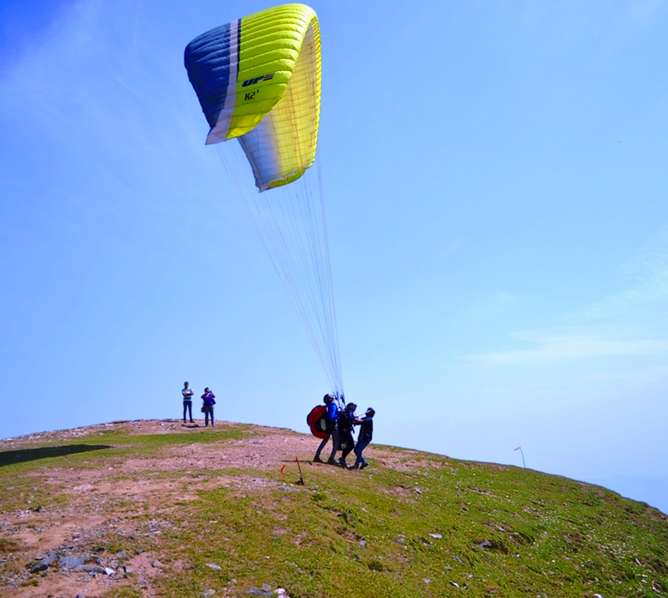Parasailing in Jaisalmer
Parasailing in Jaisalmer can be your true adventure calling as the aero sport lets you imagine the sky as a playground. This sesh in the golden city serves to be a standout air sport because it is both secure and audacious at the same time. Jaisalmer Parasailing lets you experience the chills of flying high, and presents a panoramic bird’s eye view of the magnificent dry sand and the boundless desert that look as pretty as a picture.
Besides, the teams will capture beautiful pictures of you while you conquer the golden dunes of Jaisalmer. What’s even more appealing is anyone from ten years onwards can embrace this sport without batting an eyelid. Most tourists prefer this sport over others, because it is not uncomfortable or unsafe, all thanks to the qualified crew of instructors that keep controlling the glide, on the ground. So if you are all set to to accomplish your gutsy goals, or get rid of your fear of heights then now is the time. This grand leisure pursuit may have a duration of thirty minutes but the 3-5 minutes of parasailing will leave you with truckloads of memories to part with.
Jaisalmer Parasailing Packages | Duration | Price |
|---|---|---|
| Parasailing In Jaisalmer | 15 mins | INR 849 |
| Paramotoring In Jaisalmer | 25 mins | INR 3,749 |
Jaisalmer Parasailing Packages
Best Parasailing Destinations
Our Partners
Newly Added Experiences
Tourism Board Alliances
Jaisalmer Parasailing FAQs
Where can I do Parasailing in Jaisalmer?
You can do Parasailing in Jaisalmer near the 30-60 tall sand dunes in the Sam village of Jaisalmer. These spots are located 40 kilometers away from Jaisalmer. And, tourists mainly frequent the location to make the most of the parasailing activity. If you have a burning desire to explore the desert and the sandy lands from the perspective of adventure then this fun-filled activity of parasailing is not to be missed. This activity is skydiving of sorts but the only difference is that your parachute will stay fixed to a moving jeep.
Due to the presence of massive stretches of the wide-open parcel of land, Jaisalmer is touted as one of the perfect destinations for enjoying this aero sport. The dunes, majestic forts, runways, and golden strips of sand provide breathtaking views of the entire Jaisalmer when the wind guides your way. The fifteen minutes of gliding at a safe height under a trained crew is not only the most surreal but the safest feeling.
The teams capture beautiful moments of you soaring in the sky in their cameras so that you have lots to take back in the name of memories. So if you are looking forward to an experience of a lifetime, and taking your adventure to the next level, then get your instant voucher of confirmation at the best online price, from Thrillophilia.
What is the best time to go for Jaisalmer Parasailing?
If you wish to enjoy Jaisalmer’s golden beauty besides flying like a bird in the parasailer then plan your trip around September to February. This season is the best for Parasailing in Jaisalmer because the weather is cool, and you get to enjoy the crystal clear views of the sandy strips, and the unblocked countryside of the enormous Thar Desert.
Why is Parasailing in Jaisalmer famous?
Parasailing in Jaisalmer is famous because it provides you the opportunity of indulging in a thrilling activity session that will fill your hearts with numerous memories. With this activity, you get to overcome your fear of heights and witness the beauty of the desert before your eyes. You have a whale of a time enjoying sights of the dunes, majestic forts, and runways with your family and friends.
How much does parasailing in Jaisalmer cost?
Parasailing in Jaisalmer is not expensive at all. The average charges are Rs 1500-2000 per person but if you make your bookings with Thrillophilia then you have to pay Rs 683 only, per person. This activity of parasailing promises a lot of excitement and thrill at such an affordable price and your experience at the end is going to be priceless.
What is the age limit for Parasailing In Jaisalmer?
The minimum age requirement is above ten years to try Jaisalmer Parasailing and there is no maximum age limit. This sport is completely safe as qualified instructors, and experienced staff takes thorough safety precautions during the entire activity.
What to carry before going for Parasailing in Jaisalmer?
When going for Jaisalmer Parasailing the recommended backpack essentials are:
- Sports attire
- Extra pair of clothes
- Sports shoes
- Sunglasses
- Camera
- Sunscreen lotion
Is Jaisalmer Parasailing safe?
Yes, Jaisalmer Parasailing is the safest sport because the entire activity is conducted under the strict supervision of qualified parasailing instructors that guide you all along. You are well equipped with premium quality safety gears as well.
Is there any weight limit for Parasailing in Jaisalmer?
Yes, there is a weight limit for parasailing in Jaisalmer. So, if you are participating in the sport then you cannot weigh more than 95 kilos or less than 40 kilos.
What will be the maximum height that we will achieve in Parasailing in Jaisalmer?
The height limit of parasailing in Jaisalmer sits at 500 to 800 feet above the desert. 800 feet is usually the rope’s height. It is considered to be safe to stay above the ground at a certain altitude.
Is Parasailing in Jaisalmer safe for kids?
Yes, Parasailing in Jaisalmer is completely safe for kids because there are professionally trained people conducting the sport under their strict supervision.
Jaisalmer Parasailing Reviews





